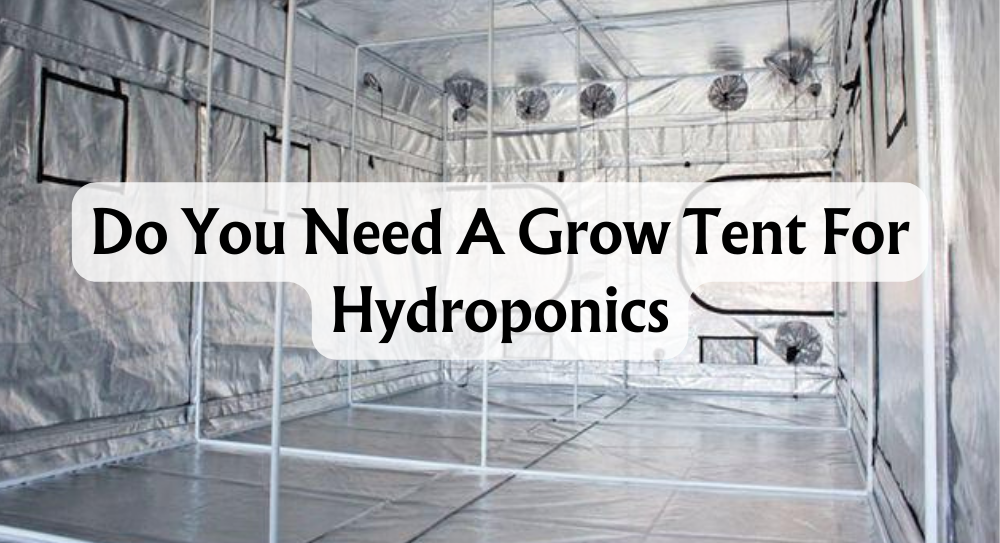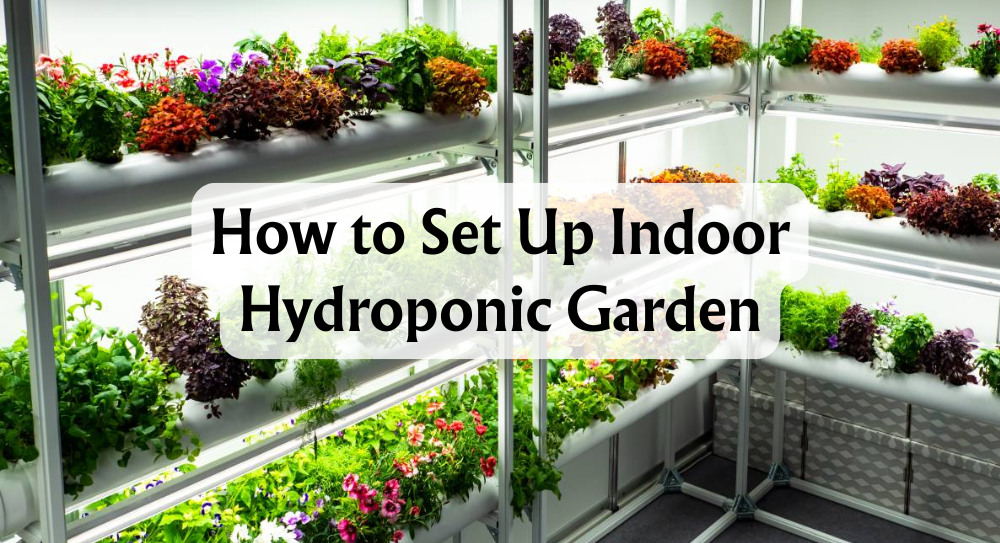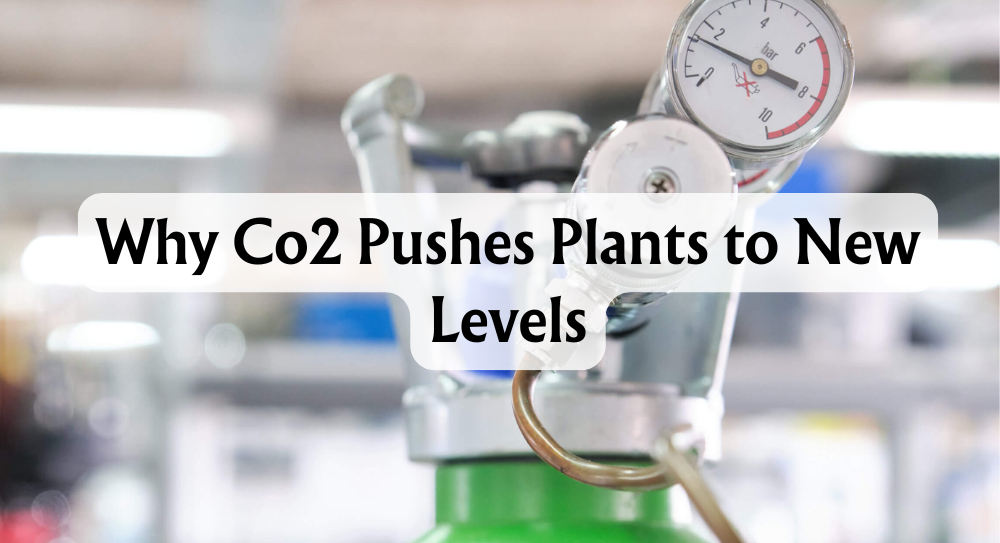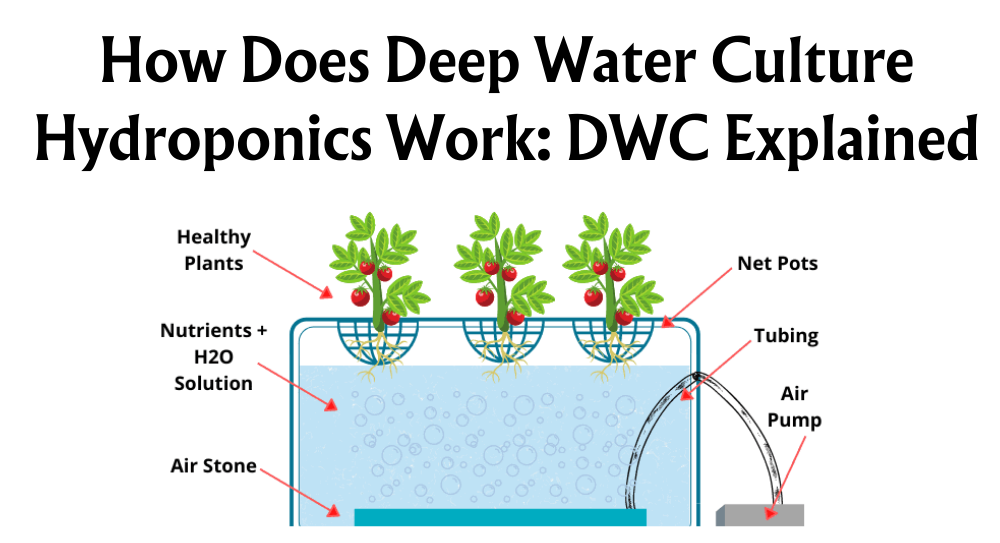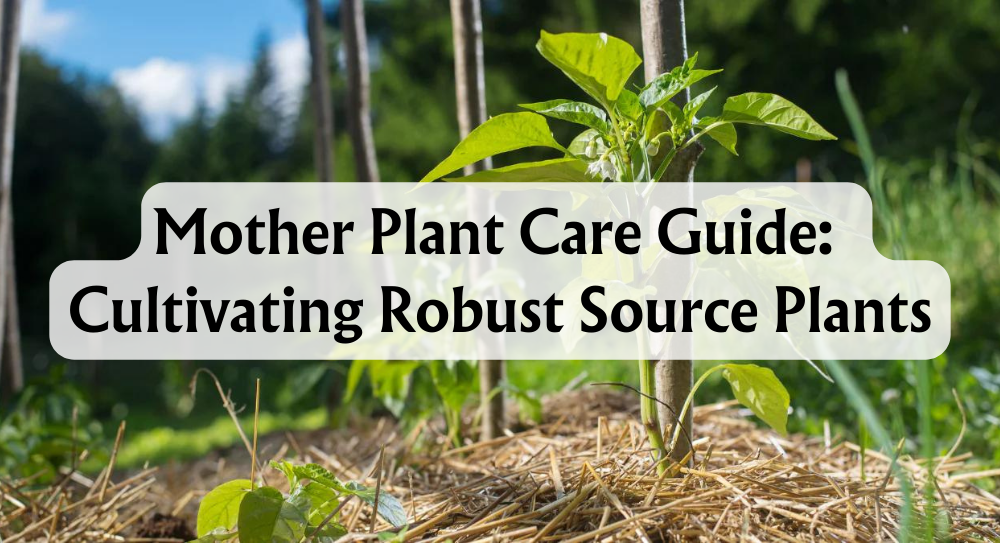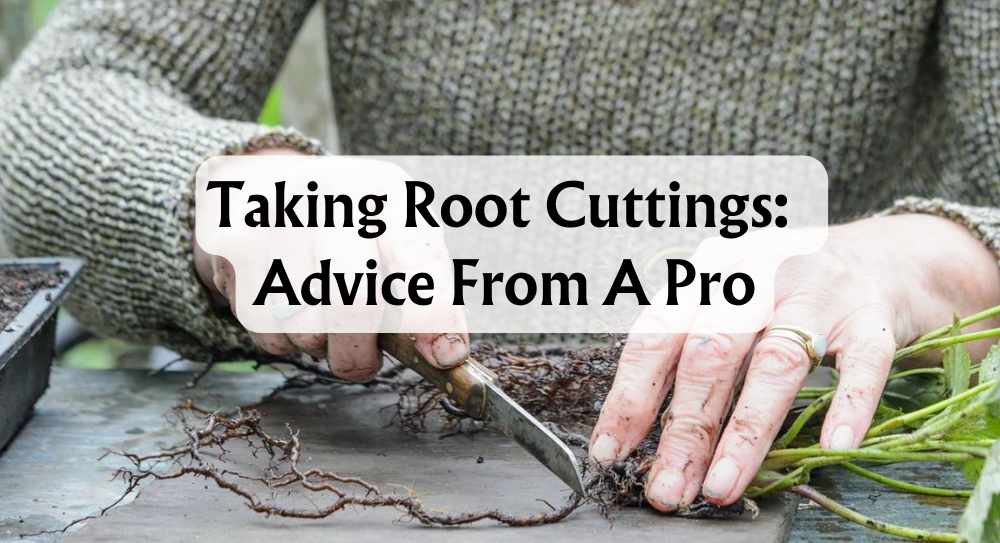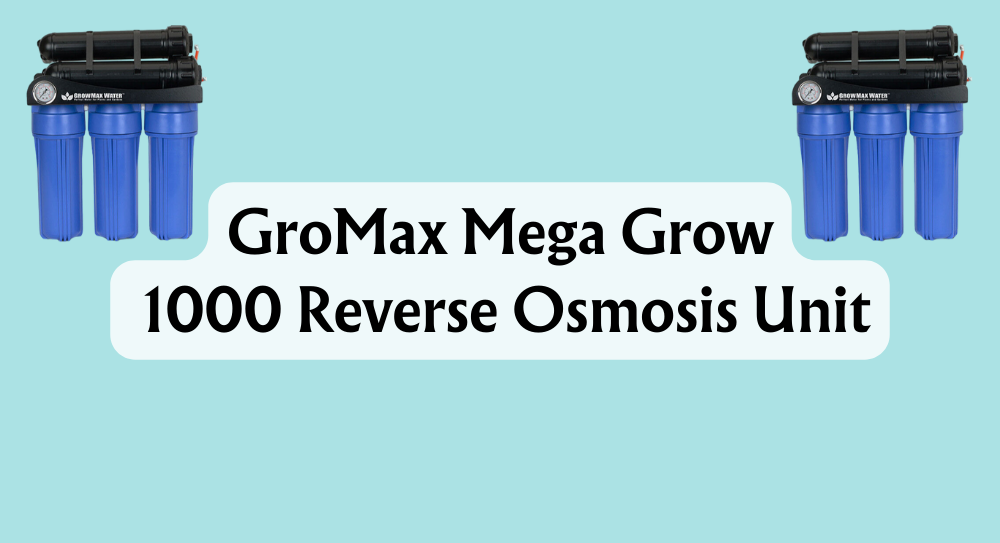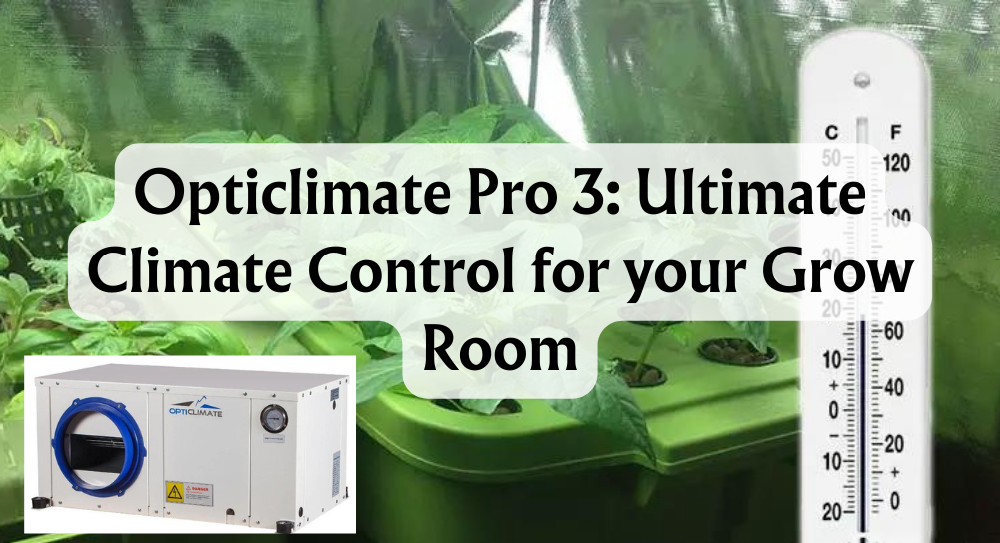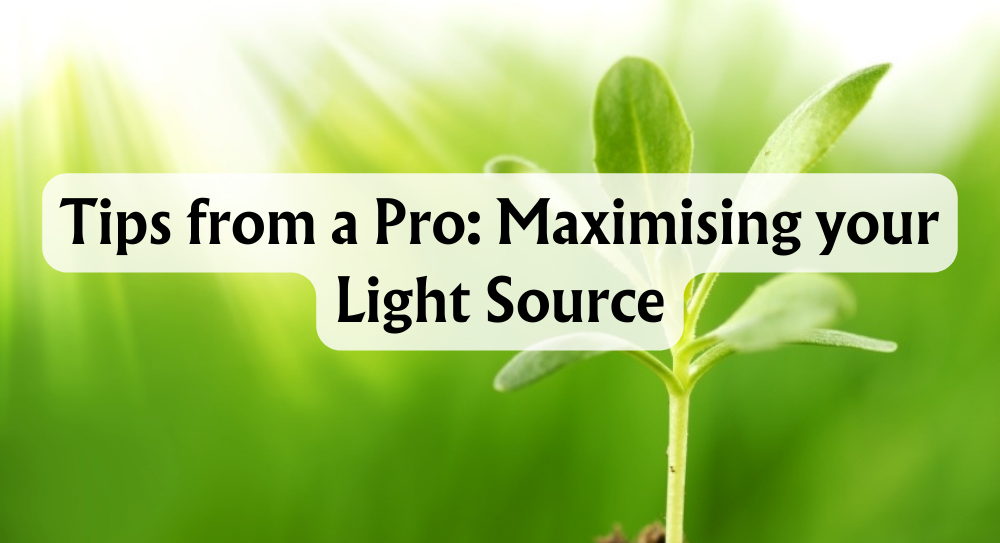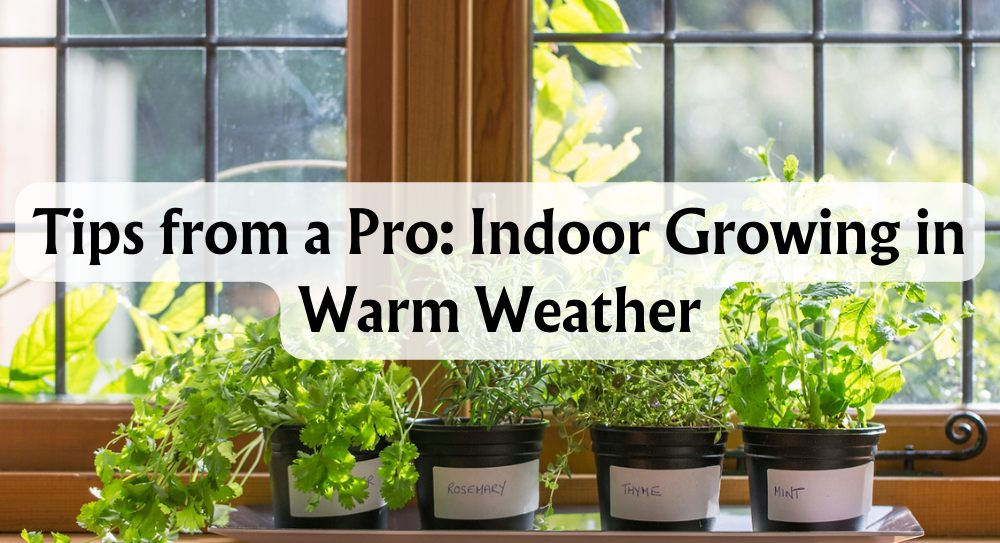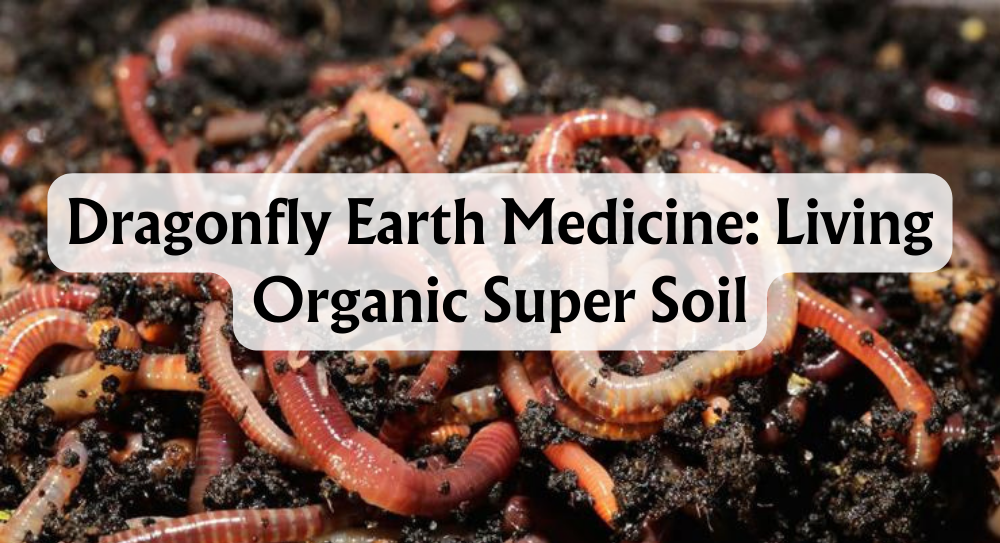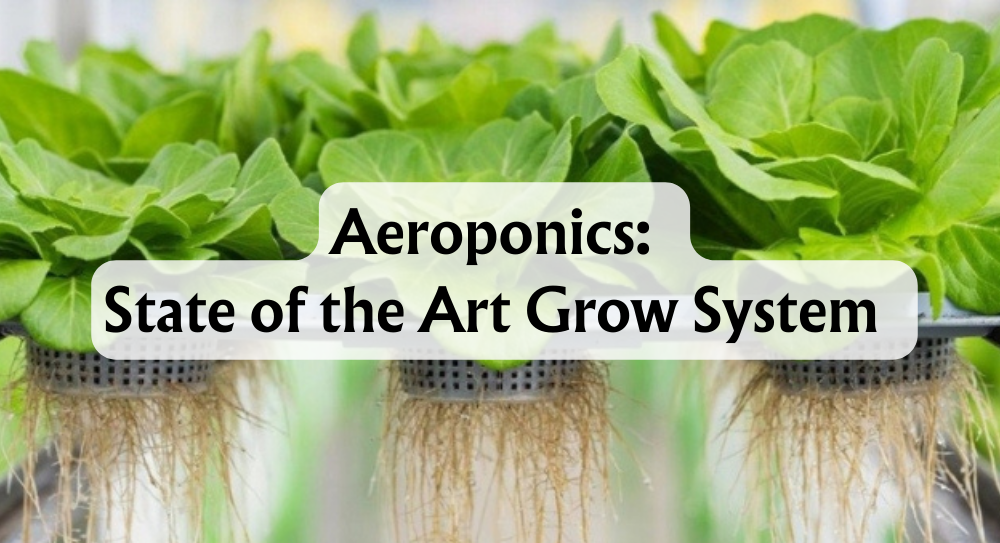Do You Need a Grow Tent for Hydroponics
Engaging in hydroponic gardening means we're taking the reins in our quest for fresh produce, sidestepping the reliance on traditional soil-based methods. By delivering water and nutrients directly to our plants' roots, we're able to turbo-charge their growth. Now, if you're just like us, always on the hunt for the most efficient indoor gardening setup, you might be asking, "Do we really need a grow tent for our hydroponic system?"
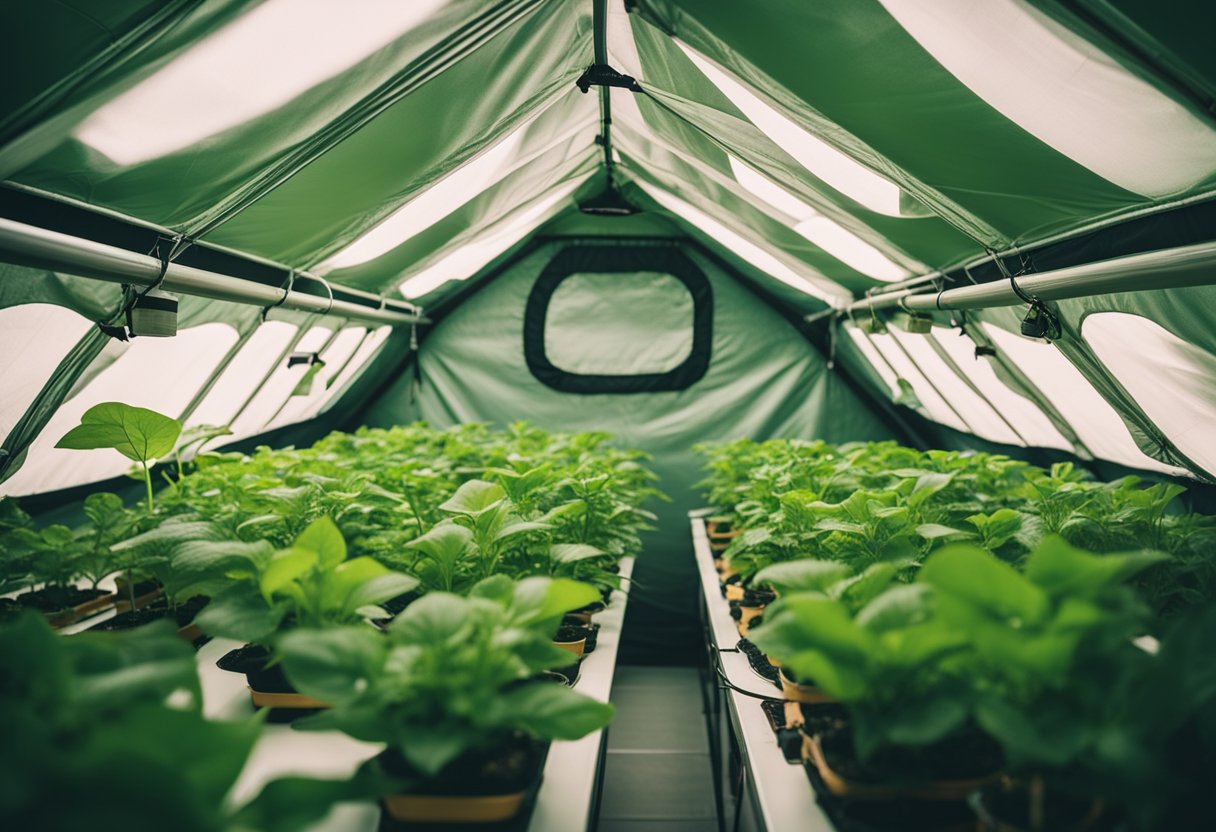
The simple answer is, not necessary, but hear us out. Quality grow tents can be like secret gardens. A hydroponic tent is a box that can give us complete control over the growing environment. From tweaking the climate to keeping pests out, a good indoor grow tent sets the stage for plants to thrive. Think about it, a grow tent kit isn't just a purchase, it's an investment in our green-fingered hobbies or businesses, ensuring healthier plants and potentially larger yields.
By diving into this article, we're going to learn all about the ins and outs of grow tents and how they can elevate our hydroponic gardening game. Our collective experience in the field has taught us that having a solid structure and the right equipment can make a world of difference. So, let's cut through the greenery and get straight to the root of whether we should get a grow tent into our indoor hydroponics.
Key Takeaways
- Grow tents offer a controlled environment for different types of hydroponic systems.
- Selecting the right grow tent involves considering size, materials, and equipment compatibility.
- Maintenance is crucial for the longevity and effectiveness of a grow tent in hydroponic setups.
What Is a Grow Tent?
Want to grow hydroponic plants that thrive indoors? Meet the grow tent. This nifty invention is essentially a portable enclosure that provides an optimal habitat for plant growth. The fabric of a grow tent is typically light-proof and water-resistant, ensuring your plants get exactly the right amount of light and no unwanted moisture gets in. Its sturdy frame usually comprises metal poles and connectors, laying the foundation for a resilient structure.
Within these engineered confines, the inner lining boasts highly reflective material—a boost for plants needing reflections of light to reach all their parts. The idea is, no photon goes to waste. To keep conditions ideal, there’s also a system in place for ventilation and filtration: it manages airflow and filters out any unwelcome odours.
Here’s the diverse family of grow tents:
- Small Tents: Perfect for beginners or those with limited space.
- Medium to Large Tents: Ideal for hobbyists looking to expand.
- Extra-Large & Multi-Chamber Tents: For the serious growers out there, these provide ample space and environment control.
Setting up is straightforward. First, pick a spot in your home. Next, mount the frame, drape over the fabric, and kit out the interiors with essentials like lighting and, of course, your hydroponic system.
While not indispensable, a grow tent is like a best friend for hydroponic gardening. It’s there to battle light leaks, pests, fluctuating temperatures, and humidity mishaps. Also, should you wonder about the noise or odour, a grow tent has it sorted.
What if you ditch the tent for a spare room or a greenhouse? These alternatives have their perks, but they often fail to match the convenience and control a dedicated grow tent offers. We've looked into this, and the evidence points towards grow tents solving a majority of the problems faced when growing without one. It’s no surprise that scores of plant enthusiasts are singing praises about their grow tents. So why not join the hydroponic harmony and give your plants the home they deserve?
Benefits of Grow Tents
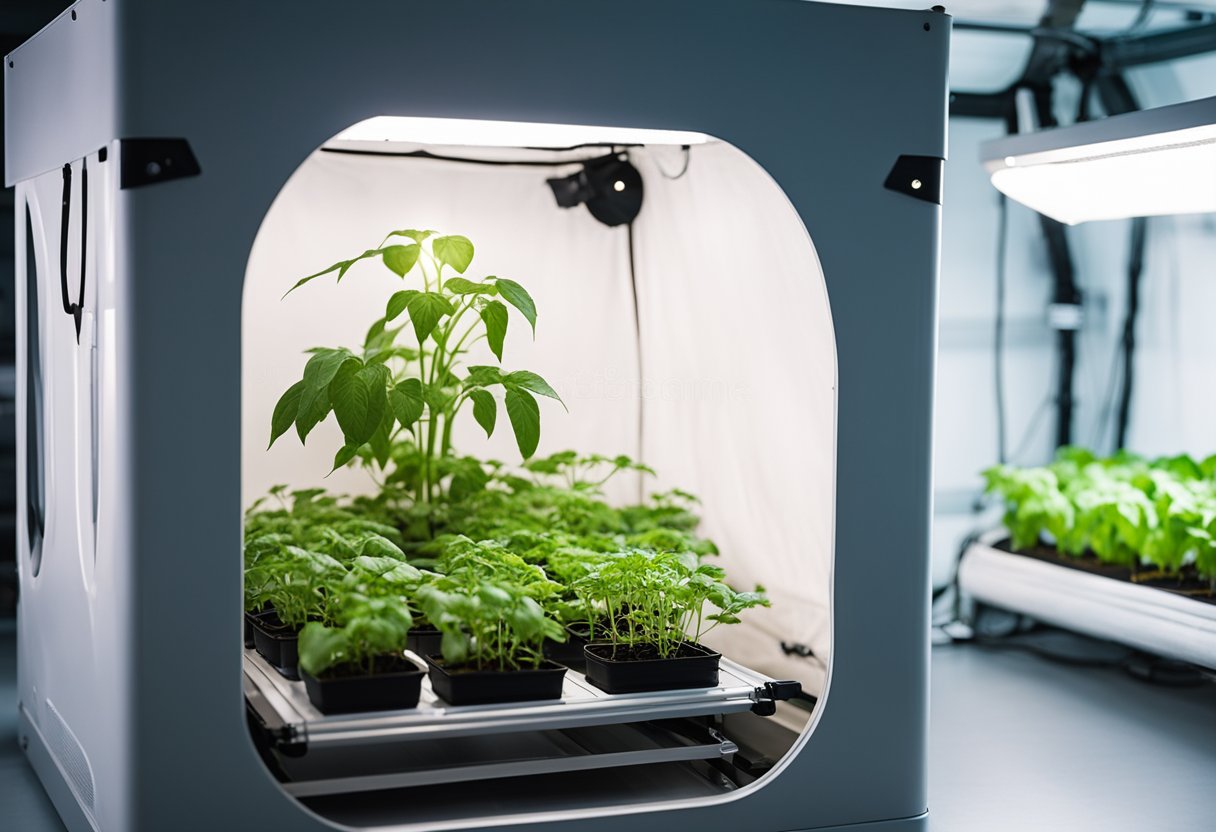
When we venture into hydroponic gardening, grow tents quickly become our best allies. The advantages of using a grow tent are tailored for indoor cultivation. Let’s walk through the specifics and see exactly how these handy tools elevate our gardening game.
Light Control and Reflection
Have you ever noticed how plants turn towards the sun? Light is their lifeblood, and in a grow tent, we have total command over it. Grow tents are lined with reflective material, like mylar, that bounces light back to our plants inside the tent, ensuring no photon goes to waste. We can also wave goodbye to any worries about light leakage, both in and out. By having light-proof features, these tents prevent any pesky external light from disrupting our plants' precious sleep during their dark cycle.
To enhance photosynthesis and productivity, we can adjust our lights to match the needs of different life stages. Different lights such as LED (light-emitting diode), HPS (high-pressure sodium), CFL (compact fluorescent lamps), or CMH (ceramic metal halide) can be optimised with timers, dimmers and sensors – a perfect buffet of options for our green friends.
Pest Management
Picture this: a sanctuary for our plants, safe from the outside world of creepy crawlies. Grow tents act as a fortress, keeping out uninvited guests like insects and their pesky pathogens. By creating an isolation zone, we reduce the risk of infestation from common pests and the spread of diseases they bring.
Keeping a grow tent clean is simpler than open spaces, and introducing non-toxic but effective deterrents—like diatomaceous earth and neem oil—adds another layer of defence. Regular plant and equipment inspections are a snap in the organised space of a grow tent, complementing our pest control strategies.
Energy Efficiency and Cost-Effectiveness
Here's a win-win situation: grow tents are energy efficient. They’re like a snug cocoon, maintaining a consistent climate by retaining the warm or cool air produced by our systems. This reduces the need for heavy reliance on extra temperature control equipment.
It's not just about a comfortable environment; it's about the bills too. By cutting down on additional heating or cooling, we are being kind to our wallets and the environment. LED lights, paired with variable speed fans and carbon filters, are some nifty gadgets we can choose to maximise energy efficiency.
Optimising the Growing Environment
The beauty of a grow tent lies in its ability to create a micro-universe where we have the power to fine-tune the environment. We're talking about absolute control over factors such as temperature, humidity, and airflow. Add in extras like CO2 enhancement, and nutrient management and our plants are living the high life.
Customising the environment isn't just about pampering our plants; it lets us cater to a diverse array of crops, each with its unique environmental appetites. With the help of automated systems like timers and sensors, we can ensure that our plants thrive in conditions that are just right for them.
Selecting the Right Grow Tent
When venturing into hydroponics, it's crucial that we select a grow tent that not only fits our space but also meets our growing needs in terms of quality and budget. This decision dramatically impacts our plant yield and overall gardening satisfaction.
Considerations by Size and Space
When determining tent sizes, we have to consider the available space and the expected yield. A common size for personal use is 120cm x 120cm x 200cm, which fits comfortably in most grow rooms. We also need to account for the height of our plants and the room required for lighting and ventilation systems, which can affect our potential yield. Here are key size metrics to keep in mind:
- Room Dimensions: Measure our available space.
- Tent Height: Ensure it allows for plant growth and equipment.
- Yield Projection: Balance size with the expected yield to avoid crowding plants.
Assessing Quality and Features
Quality and features should not be compromised due to budget constraints. Good grow tents like Gorilla Grow Tents or Secret Jardin are renowned for their durability and thoughtful designs. The material should be robust, typically canvas with a reflective interior lining; heavy-duty zippers lessen wear and tear. The frame's strength is pivotal for supporting equipment. We should look for:
- Material: Dense fabric with a reflective lining.
- Zippers: Should be heavy-duty for durability.
- Ventilation and Filtration: Proper holes and ports for air circulation.
- Accessories: Check if there are extras like tool pockets or viewing windows.
Budget-Friendly Options
We want to make the most of our investment without sacrificing quality. Brands like BAY6 or BudBox offer affordable alternatives with essential features for successful hydroponic cultivation. We need to:
- Research: Look into various brands and read reviews.
- Compare Prices: Check for the best deals within our budget.
- Warranty: A good warranty can save us from future costs.
- Deals: Seasonal discounts can lead to great savings without cutting corners in quality.
Remember, a reliable grow tent can be the difference between a bountiful harvest and a disappointing one. Taking our time to weigh these considerations will lead us to the perfect grow tent match for our hydroponic garden.
Key Grow Tent Equipment and Accessories
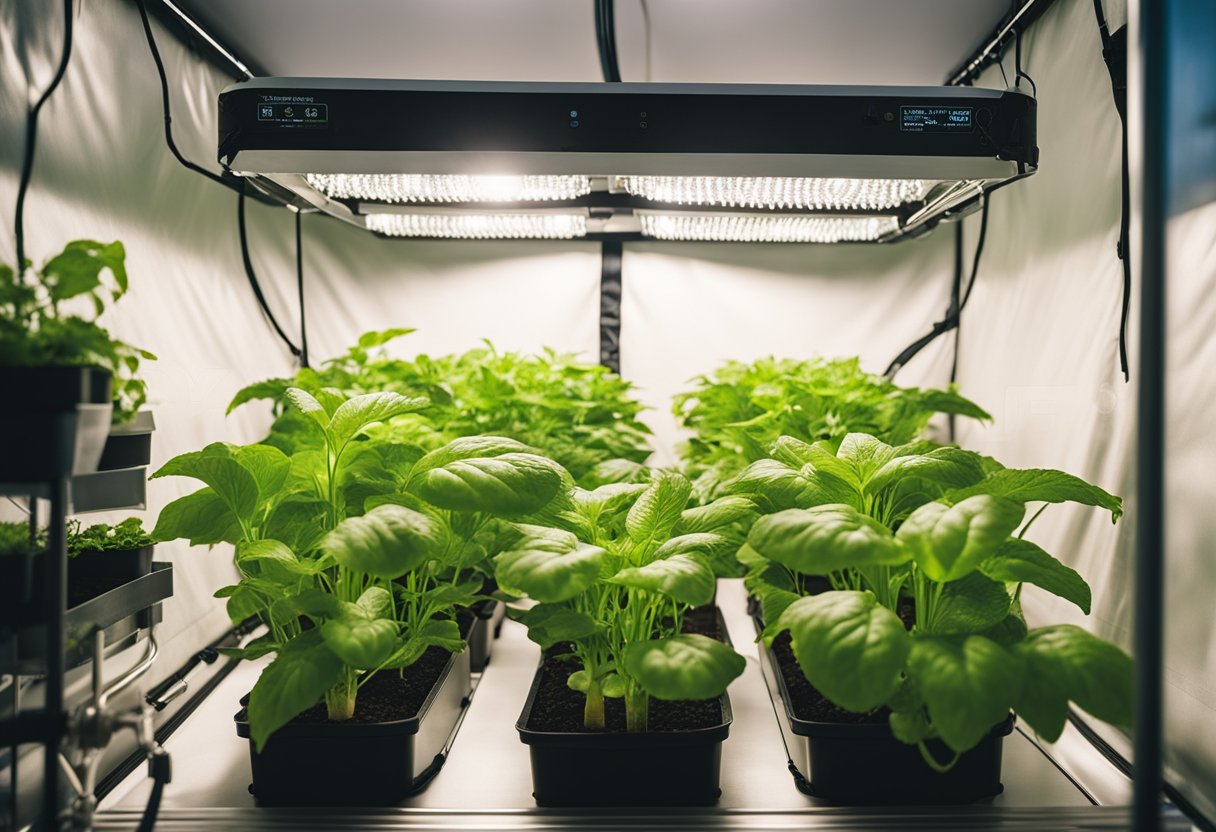
When we're setting up a hydroponic grow tent, there's an array of equipment and tent accessories we can't do without. Let me walk you through what's essential for an effective operation.
Lighting Systems and Grow Lights
Grow tents rely on robust lighting systems to simulate sunlight and promote plant growth. The star of this show is usually LED grow lights. These lights are energy-efficient, reduce heat output, and can be tailored to various plant types. Most growers opt for full-spectrum LEDs to cater to all stages of plant development.
- LED Grow Lights: Provide a full spectrum of light, crucial for plant photosynthesis.
- Timers: Enable automatic light cycling, mimicking natural day/night patterns.
Ventilation and Airflow Components
Good air circulation is vital for plant health, and it starts with fans and a carbon filter. These aren't just fancy add-ons; they're crucial for maintaining air quality and temperature.
- Fans: Create airflow, strengthen plant stems and prevent mould.
- Carbon Filter: Eliminates odours and filters out contaminants.
Climate Control Devices
Controlling the microenvironment within your grow tent is vital to make plants grow. We're talking about installing heaters and humidifiers to manage the temperature and humidity levels, along with a control system to keep everything in check automatically.
- Heaters: Keep your plants toasty when the temperature drops.
- Humidifiers: Add moisture to the air, essential for young plants.
- Control System: Automates climate adjustments, keeps your hands free.
Hydroponic Systems Integration
Lastly, our tent makes a cosy home for the hydroponics system. This is the heart of the operation, where the magic happens, and integrating it seamlessly with the tent ensures your plants get the nutrients and water they need without any hassle.
- Hydroponic Systems: The foundation of your grow tent, allowing plants to thrive without soil.
- Timers & Controllers: Automating nutrient and water cycles is a no-brainer for consistent feeding.
And there you have it! With these key pieces of equipment and accessories, we're good to set up a grow tent that's the envy of hydroponic gardeners everywhere.
Maintenance and Cleaning
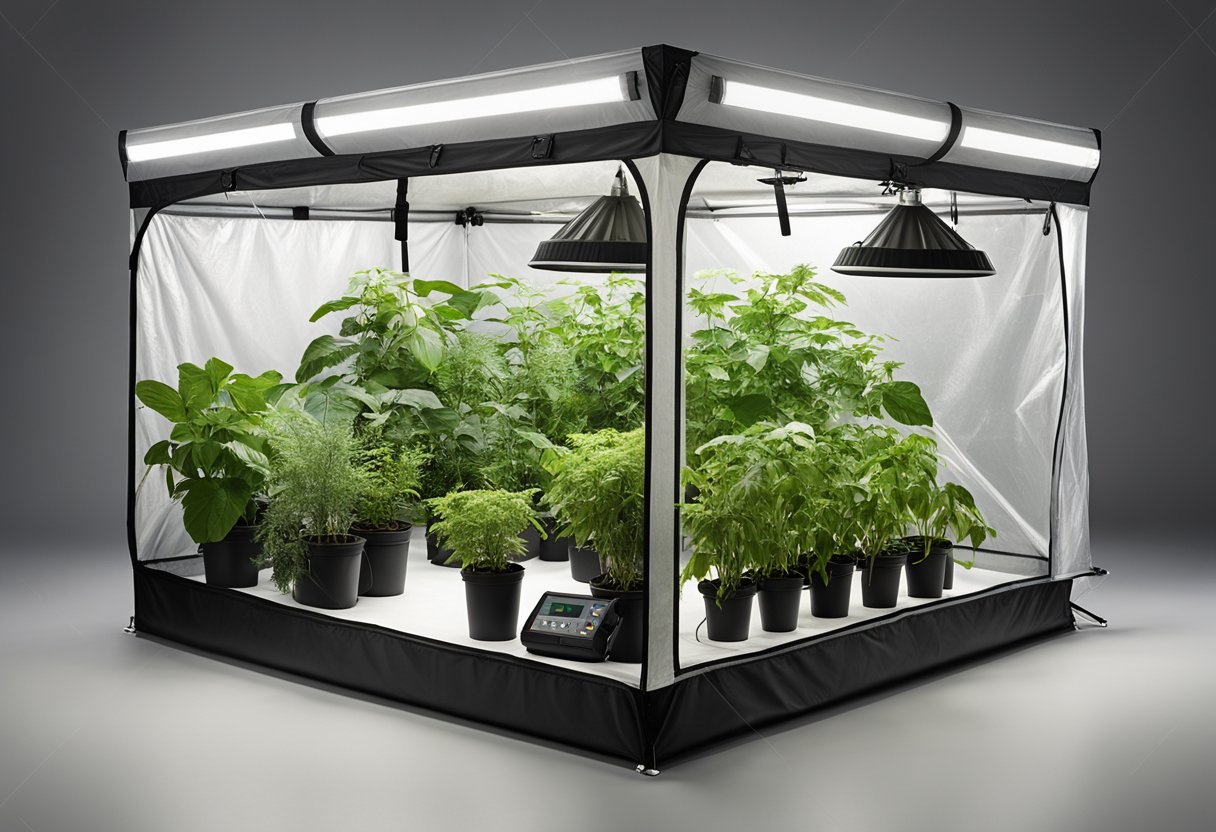
When we're talking about hydroponics, keeping our grow tent in top shape is crucial. This isn't just about making it look good, it's about ensuring our plants thrive in a clean environment. So, what's the drill for maintenance and cleaning?
Firstly, let's tackle cleanliness: Weekly check-ups prevent dirt accumulation that can lead to mould or pests, which we certainly don't want. Here’s a quick list to keep us on track:
- Remove Debris: Get rid of fallen leaves or unused plant matter. It keeps things tidy and disease-free.
- Wipe Surfaces: A gentle cloth with mild soap and water should do the trick for most surfaces.
- Disinfect: After harvests or periodically, it's a good plan to use a horticultural disinfectant. Remember to follow the product’s instructions carefully – safety first!
Table 1: Suggested Cleaning Schedule
| Frequency | Task |
|---|---|
| Daily | Inspect plants, check for pests |
| Weekly | Surface cleaning, tidying up |
| Monthly | Thorough cleaning, equipment check |
| Bi-annually | Replace wear-prone parts |
Durability plays a significant role too. By regularly maintaining our equipment, we’re not just looking after the plants, are we? We’re also ensuring our gear lasts longer, saving us money in the long run.
And let’s discuss the need for odour control. Hydroponics can get a bit smelly, so we use carbon filters or odour neutralizers to keep that freshness intact. Keep an eye, or rather a nose, on those!
Finally, maintenance isn’t just about cleanliness. Keep an eye on signs of wear and tear. Hoses and nozzles might need replacing, and lights checked for optimal performance.
Remember folks, a little upkeep goes a long way. It keeps our green friends happy, and isn't that what we all want?
Enhancing Grow Tent Functionality

Have you ever pictured your grow tent performing beyond its basic functions? Let's dive into some nifty tweaks and safety tips that can elevate our indoor gardening game to the next level!
Advanced Customisations and DIY Modifications
Let's get our hands dirty with a bit of DIY, shall we? Using grow tents with reflective materials can significantly boost light efficiency. You might want to consider lining the walls, ceiling, and even the floor with a highly reflective mylar sheet or reflective white paint. This ensures that our precious plants receive light from all angles, maximising growth potential.
Talking about DIY modifications, we can seal any gaps with weather stripping to ensure the environment remains controlled and consistent. It's also a fab idea to integrate automated systems for temperature, humidity, and lights, which keeps things running smoothly even when we're out and about.
Furthermore, installing extra bars or mounts gives us the flexibility to hang additional lights or fans as our plant babies grow taller. We're creating a custom palace for our greens; how exciting is that?
Safety and Discreet Gardening
Now, who wouldn't appreciate a sneaky little garden that's also safe and sound? Privacy, discretion and safety – the trifecta for peace of mind in indoor gardening. By ensuring our grow tent is properly sealed and using carbon filters, we can avoid any tell-tale scents from becoming a social faux pas.
If we speak safety, upgrading to fire-resistant materials and ensuring our electrical setups are up to standard can prevent any unexpected hot surprises.
And for the ninja gardeners among us, quiet fans and soundproofing materials are lifesavers to keep that low-key profile. After all, we wouldn't want the entire neighbourhood chatting about our secret garden, would we?
Conclusion
Hydroponics is an innovative method of indoor farming that allows us to grow plants without soil. As beginners embarking on an indoor growing adventure, we might consider placing our grow in a tent. Through our journey, we've discovered several compelling reasons to invest in a grow tent for your indoor set-up.
First and foremost, a grow tent creates a controlled environment. We can tailor conditions like temperature, humidity, and light to our plants' specific needs. The importance of such precision cannot be overstated—it's the difference between a thriving garden and a lacklustre one.
We’ve gathered that grow tents:
- Increase plant growth rates and yields
- Protect plants from pests and environmental contaminants
- Save energy due to reflective interiors that maximise light efficiency
- Offer odour control with carbon filters, keeping our homes fresh
In the scope of hydroponics, the use of a grow tent is akin to giving our plants a first-class ticket to optimal growth. They flourish in the consistent conditions nurseries provide, something particularly crucial for sensitive crops.
Let's not forget the space efficiency! Grow tents come in various sizes, ensuring that we make the most out of our available space, no matter the size constraints.
So, do we need a grow tent for hydroponics? If we seek optimal yields, healthy plants, and a sustainable indoor garden, the answer leans heavily towards yes. Remember, the right tools in gardening can make all the difference, and a grow tent certainly fits the bill. Let's embrace this fantastic addition to our hydroponic systems and watch our green friends thrive!







 Store Locator
Store Locator
